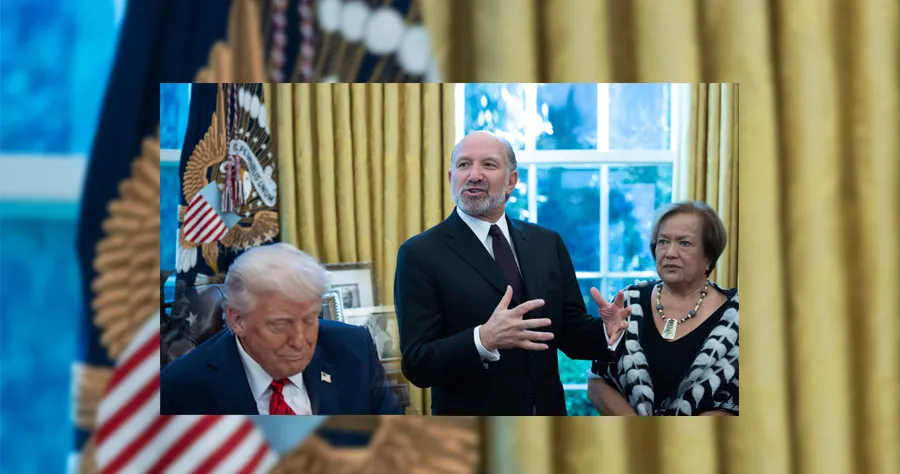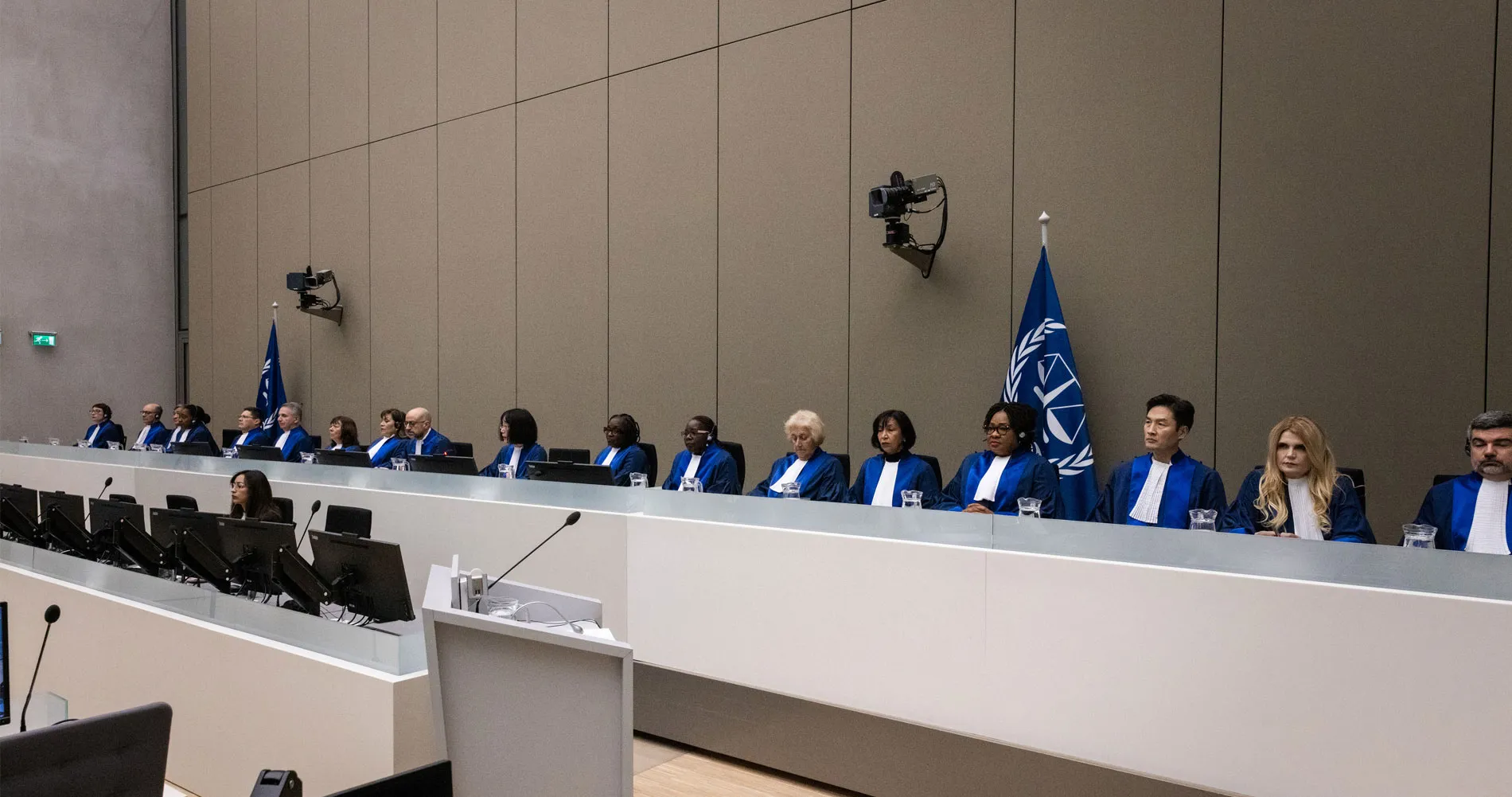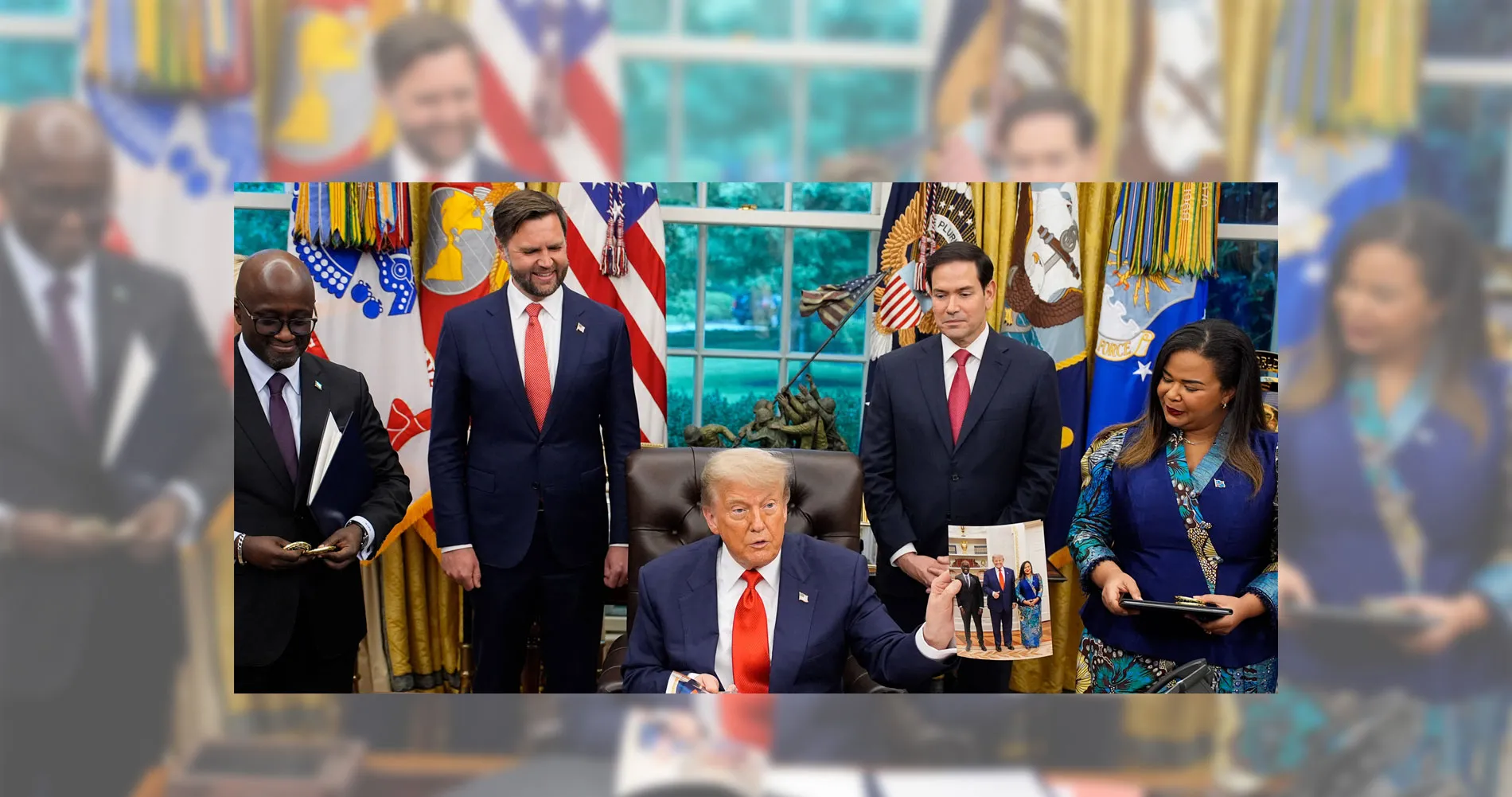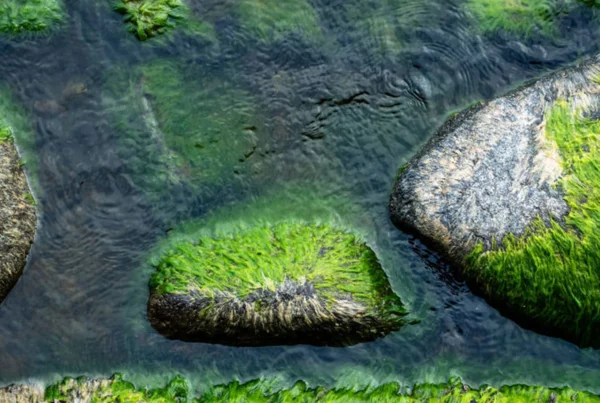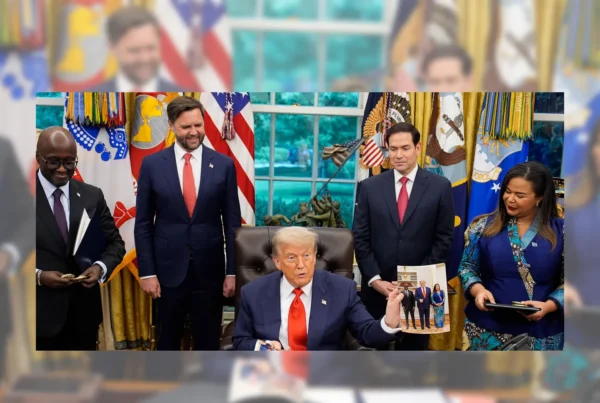How do intangible concepts like international law and great-power competition play out in reality? The humble tuna fish is currently the center of a diplomatic game between China, the US and the Pacific Island nations.
Eimhin McGann
10 July 2055
Tuna Diplomacy is the name given to the diplomatic, legal and commercial efforts made by great powers such as China and the US to gain access to the tuna-rich waters of the Pacific Island Countries (PICs). The PICs comprise Fiji, Papua New Guinea, Solomon Islands, Vanuatu, the Federated States of Micronesia, Kiribati, the Marshall Islands, Nauru, Palau, Samoa, Tonga, Tuvalu, the Cook Islands and Niue. Their waters boast the best stocks of tuna along with many other global seafood staples and are therefore a coveted prize.
The desire for food sources and the resultant commerce brings the great powers into cooperation and conflict with the PICs, such as Fiji and Kiribati. These small, isolated and post-colonial states have little else with which to bargain other than the granting of access to the tuna in the waters owned by each state, their Exclusive Economic Zone (EEZ). The concept of the EEZ was created in 1982 by the United Nations Convention on the Law of the Sea (UNCLOS), which designates 200 nautical miles as the territory in which each state has sole exploitation rights over all natural resources.
For as long as these islands have been independent states, global powers with the capability to project their fishing fleets into the region have been enticing and coercing the Pacific Islands into giving them the right to take the tuna that lives in their waters. A nation’s fishing fleet having access to a popular and lucrative food also gives that nation a physical presence over a vast area, which can easily be used as a stepping stone to a stronger, more lasting hold over the Pacific Ocean.
The effectiveness of international treaties is determined by the parties that consent to being bound by the restrictions of the treaty. The US has not ratified the UNCLOS and, beginning in the 1980s, the US began fishing within the EEZ of the PICs without permission. In retaliation, the PICs began apprehending US vessels in their EEZs. The US responded in turn with an embargo. During these hostilities, which became known as the ‘Tuna Wars’, some PICs like Kiribati approached the Soviet Union to negotiate a fishing access agreement.
The US became concerned that the presence of opposing fishing fleets would lead to the establishment of military bases which would challenge their power in the Pacific. Consequently, the South Pacific Tuna Treaty (SPTT) emerged from this conflict. Signed in 1987 and extended in 2024, the SPTT grants US ships the right to fish in the EEZ of the PICs, in return for licence payments and development aid. As a pillar of US-Pacific foreign policy in a region where China is increasing its presence, the SPTT is aimed at maintaining its signatories’ alignment with the US.
Many Westerners still view the South Pacific as “an American lake”: a term coined by the US politician and diplomat Whitelaw Reid in the 19th century. This came in wake of the annexation by the US of Hawaii in 1898 and the colonization of the Philippines from 1898 to 1946. This concept was reinforced following World War Two, when the US drastically increased its military assets in the Pacific following their war with Japan. However, the “American Lake” concept ignores the growing and historical influence China has had on the PICs.
Going back as far as the 19th century, Chinese immigrants settled in the PICs, eventually morphing into a financial elite, using their connections to mainland China to supply their PIC based fishing companies with Chinese management staff. This historic Chinese influence, combined with the newer aid and development programs within China’s Belt and Road Initiative, a vast strategy to counter Western powers in the developing world, has created a significant presence in the Pacific that China could weaponize in the future.
As testament to this possibility, in February 2025 China simultaneously signed a comprehensive treaty with the Cook Islands and conducted unannounced live-fire naval exercises in the Tasman Sea. Happening just outside the EEZs of Australia, New Zealand and the Cook Islands, these exercises caused 50 commercial flights to be re-routed.
President Trump refused to let this continue and in April 2025, the America First Fishing Policy (AFFP) was released with the aim of promoting US commercial fishing and addressing the seafood trade deficit. The AFFP drew criticism from environmental groups such as Earthjustice because it included opening the Pacific Islands Heritage Marine National Monument to commercial fishing. These 490 000 square miles of ocean and island habitats was placed under protection by President Bush in 2009 and expanded by President Obama within the US EEZ.
AFFP claims that because tuna are highly migratory, there is little sense in banning fishing in certain areas. The AFFP’s dismissal of bans comes at a time when Trump’s Department of Government Efficiency (DOGE) is also looking to decrease the number of regulations and federal employees, some of whom are employed in monitoring fishing activity.
The AFFP is in contradiction to a research study published in 2022 in the journal Science. This study led by scientists of the University of Hawaii concluded that fishing bans boosted the number of tuna which benefited the nearby commercial fishing catch rates outside of the Monument’s borders. This would imply that if managed properly, regulations contained in the SPTT, and other US fishing regulations, could protect the environment and fish stocks for both future prosperity and environmental security.
As China and the US continue to compete for both fish and influence, smaller regional powers and the natural world must do their best to navigate and manoeuvre the treacherous waters of the South Pacific Ocean.


